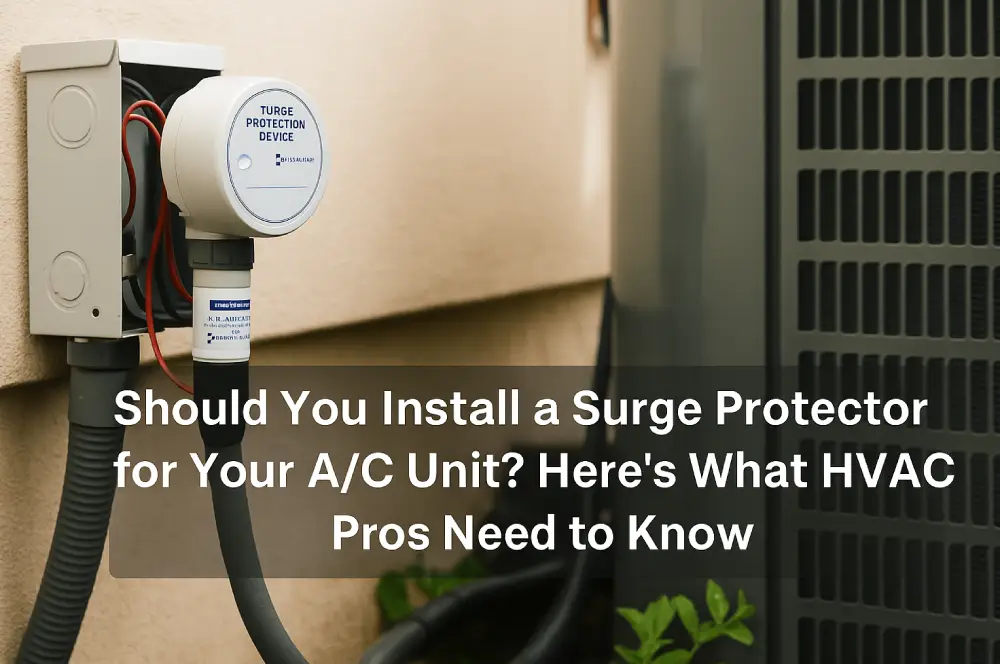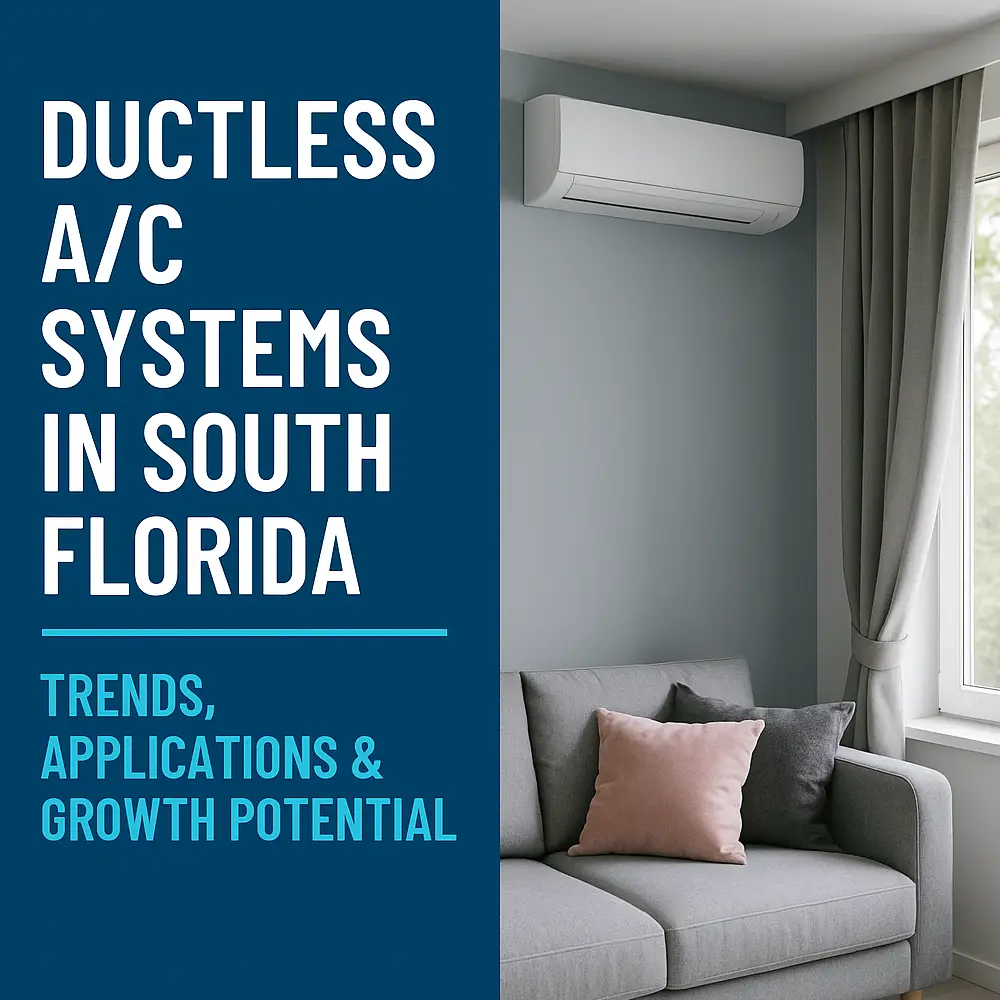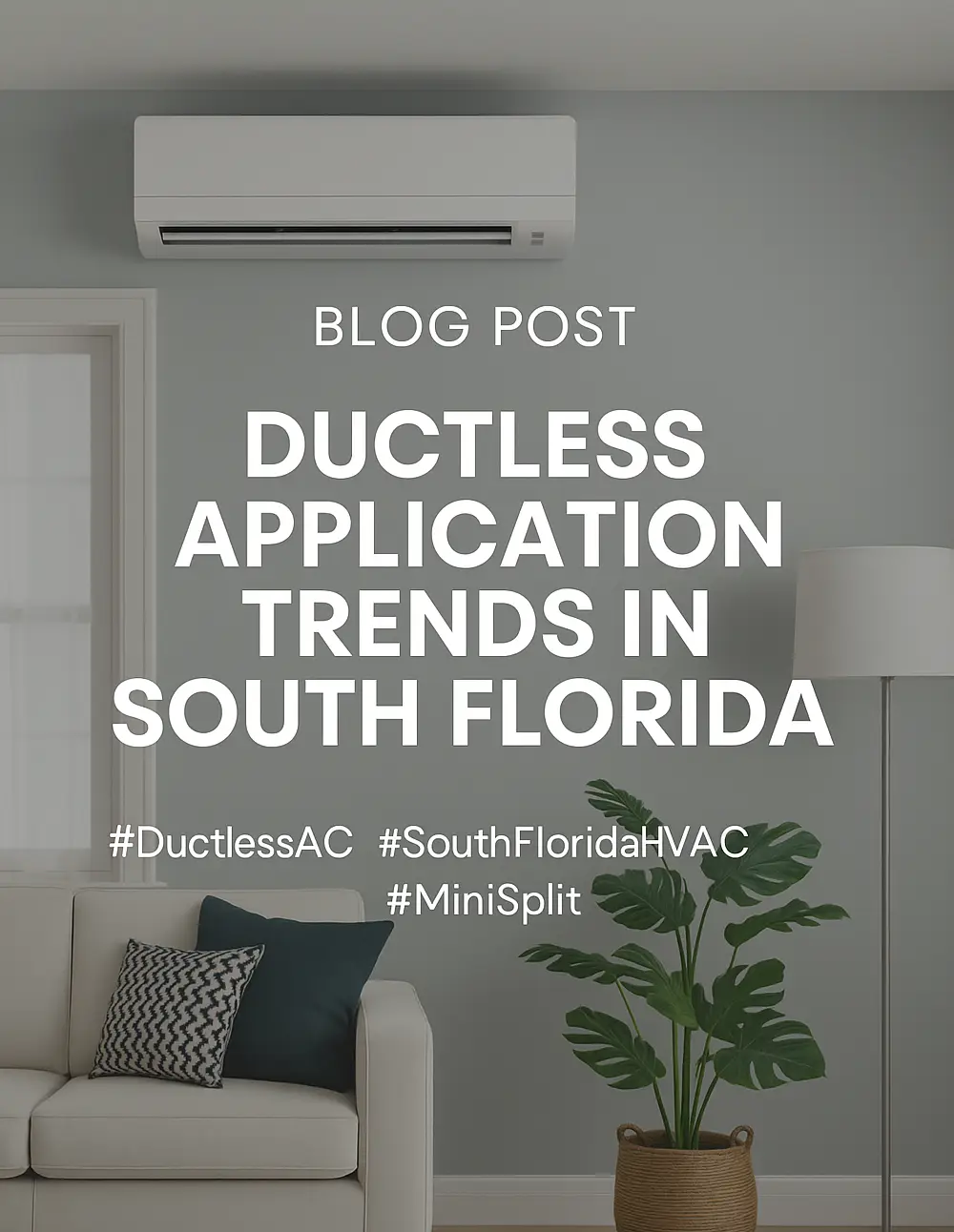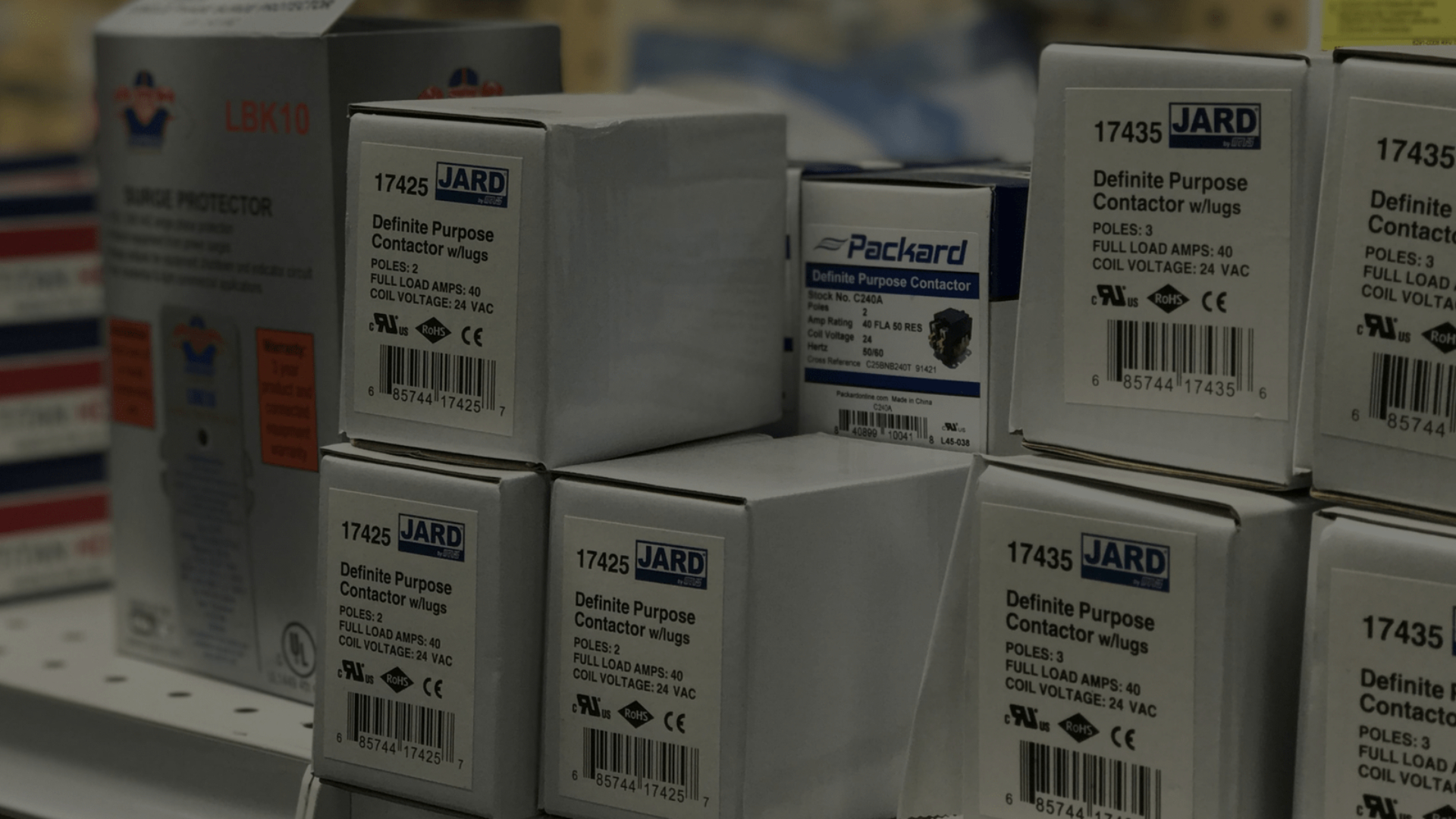Surge Protection and Florida HVAC Systems
In a state like Florida, where thunderstorms and sudden outages are common, surge protection for HVAC systems is not a luxury — it’s a necessity. Every time lightning strikes or the grid shifts unexpectedly, the electronic components inside your A/C unit are at risk. From control boards to thermostats, these delicate parts are highly sensitive to power surges, and a single event could cause hundreds or even thousands of dollars in damage.
How a Surge Protector Works
A surge protector is a small but powerful device installed at the electrical panel or directly at the A/C unit. Its job is simple: to block or divert excessive voltage before it reaches your system. In practical terms, it protects the compressor, inverter, sensors, and smart thermostats that are increasingly common in today’s high-efficiency units.
Why Surge Protection Is Essential in Florida
Florida ranks #1 in the U.S. for lightning strikes and experiences frequent electrical disturbances. A/C systems here work harder and longer than in most states, increasing their exposure to risk. In coastal areas, surges can also come from power line disruptions caused by storms, falling trees, or maintenance events.
The Cost of Prevention vs. the Cost of Repair
A surge protector costs around $250–$400 installed, depending on the system and labor. That’s less than the cost of replacing a control board or inverter module, which can range from $600 to $1,800. In many cases, one single surge is enough to justify the investment.
Warranty Considerations
As HVAC systems become more complex, manufacturers are beginning to recommend or even require surge protection as part of warranty terms. Not installing one may not only expose your equipment to damage but also to warranty issues.
What to Look For in a Surge Protector
- UL 1449 certified devices
- HVAC-specific models, not general-use power strips
- Indicator lights or audible alerts for status
- Proper voltage compatibility with your system (e.g., 120/240V)
Final Thought
If you’re installing or servicing A/C systems in Florida, offering surge protection should be standard. It adds value for your customers, protects your installation work, and prevents callbacks due to avoidable failures. At A&A Supply Co., we carry top-rated surge protection products tailored for HVAC systems. Stop by or contact us to learn more.






